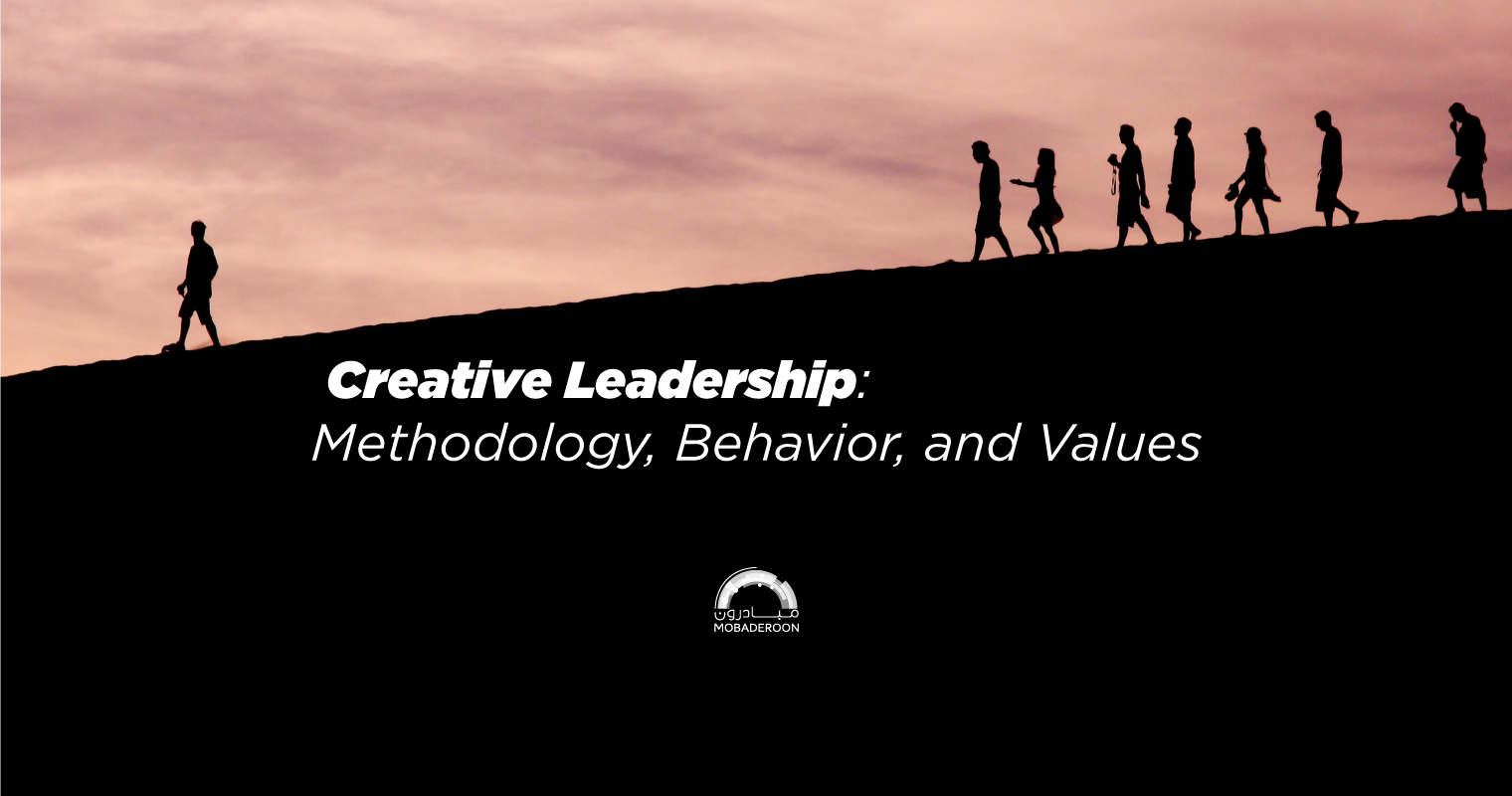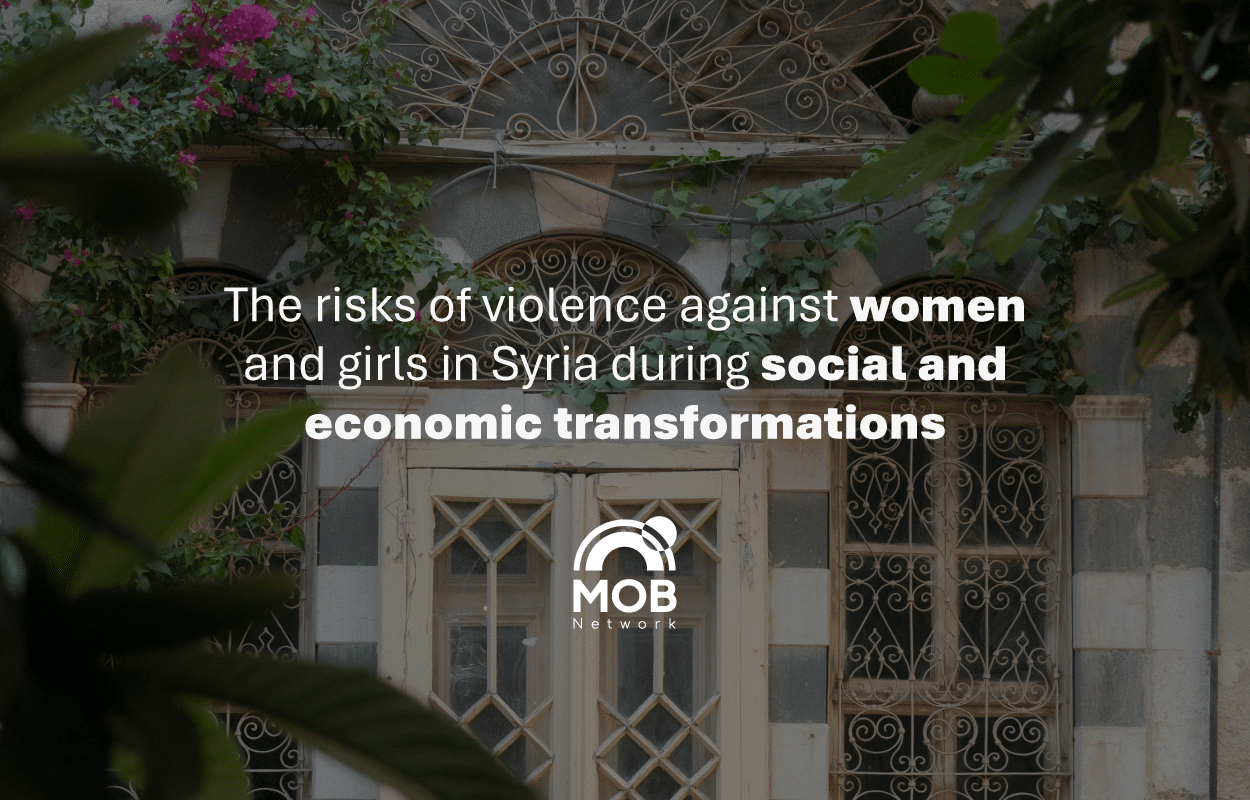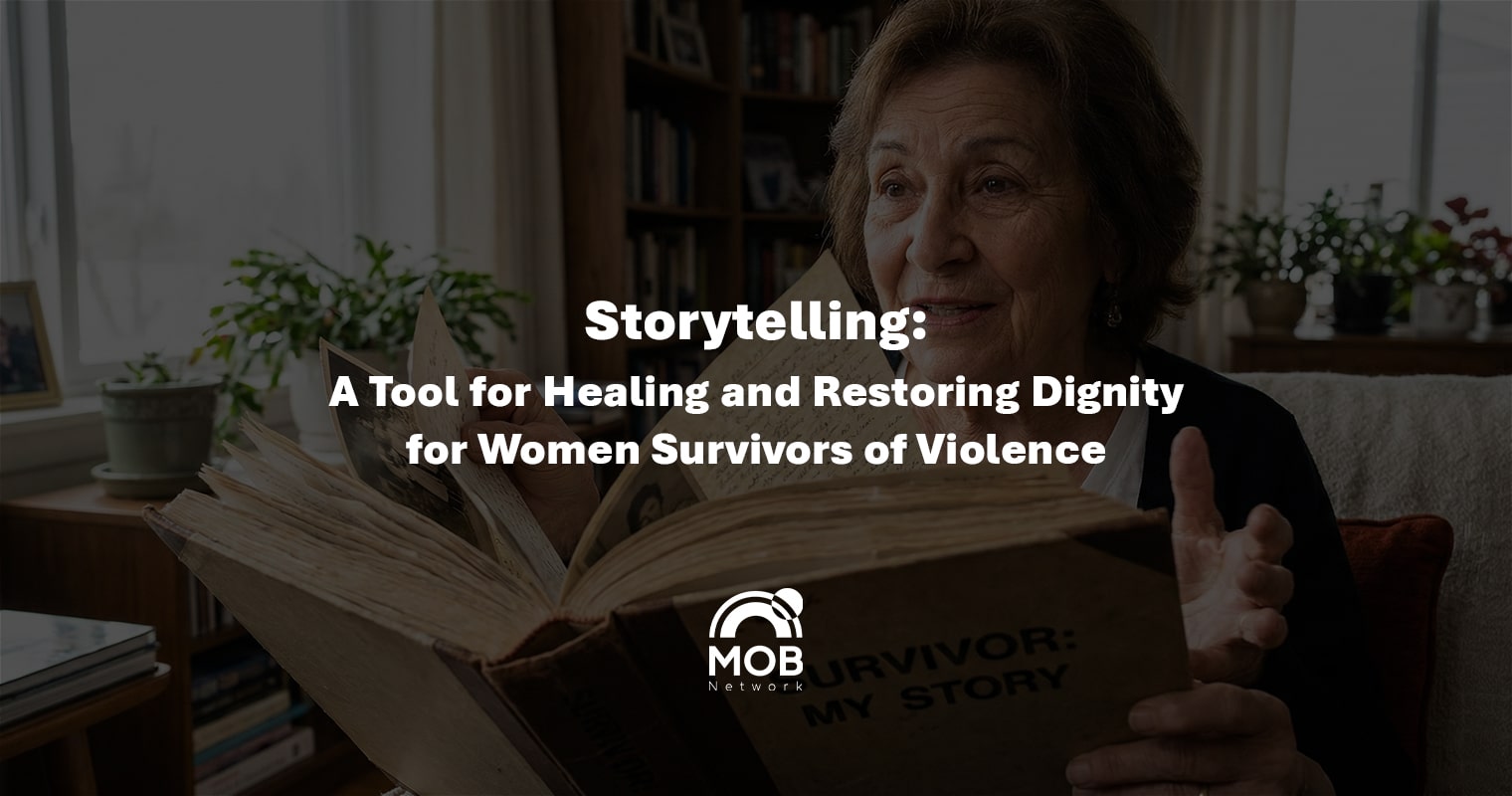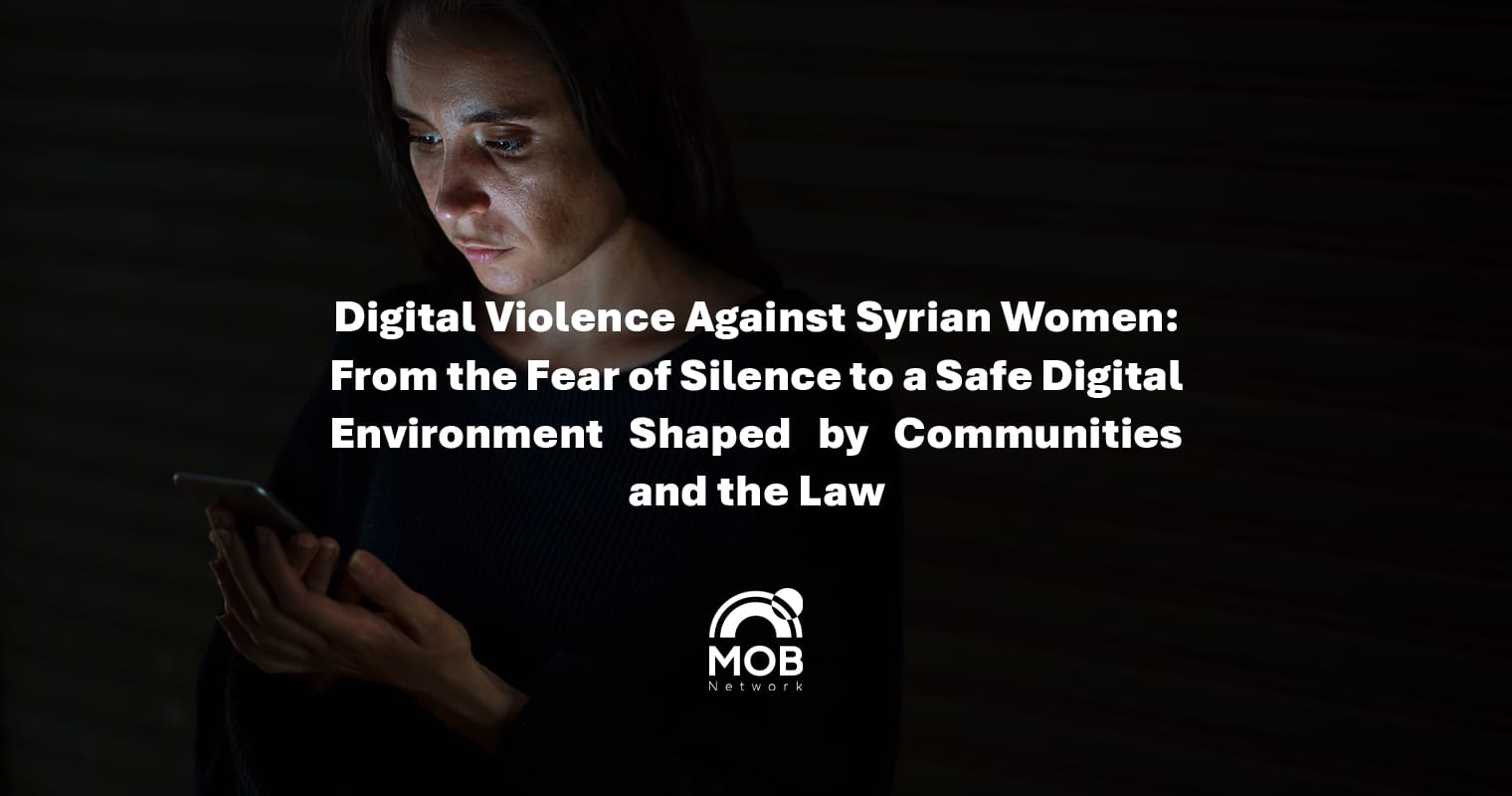Upon reading this, you must have heard of the terms “Team Leader” or “Group Leader”, or have stumbled upon another term: “Community Leader”!
As much as your curiosity would push you to learn more while reading the next few lines, communities need even to learn more about their roles supporting the presence of examples in its pursuit of changing towards the best.
Community Leader
A community leader is this active and influential social character who works out of their own accord and with transparency; a person who has the trust of the whole community, who works with a methodology that achieves participatory work with others, and is considered as the liaison between the community and institutions, for this person is usually the first to point out the concerns and needs of the community in line with its movement(s) and pulse; a person of great capability of influencing and motivating others.
There is no magic involved in driving positive change, but rather, inspiration and motivation. Starting from within, community leaders follow the path of Appreciative Inquiry themselves, so that community individuals could do the same, and they lead by example.
In reference to psychology, leadership is the group of all processes, events, and activities that a person does to lead or direct others towards defined goals through following a set of coordinated organizations. Leadership is not the act of a leader commanding the group or others, but rather a mutual influence going back and forth between the two parties, the leader and the group.
Hence, creative leadership is at the core of a community leader’s work, for it ensures the sustainability of making community leaders through the support and motivation of active individuals who are aware of their roles, followed by empowering them with work and sound intervention tools so that they become capable community leaders themselves and striding with their communities towards the best that can be.
Behavior & Attitude of Creative Leaders
Usually, behavior is contagious; and to make it of value to the community, creative leadership constitutes a responsibility of a change to make behavior inspiring and relying on the passion of others. Moreover, creative leadership compliments and takes pride in differences in opinion and culture, and builds on the presence of all identities for this leadership is inclusive and collective in the first place, one that considers each different individual as a source of enrichment in community work.
Roles of Community Leaders
In order to behold the role of leadership in communities and the difference it can make, we can take the case of what transpired after the explosion of Beirut Port in August 2020, and the physical destruction that occurred to hospitals, streets, and homes, in addition to the psychological devastation and its impact on people, until the role of creative leadership became clear in dealing with catastrophe in this city.
Creative community leaders intervened in community organization and were able to employ the competences of volunteers, each in regard to their experience. Some of them formed volunteer teams to remove waste and glass damage from the streets, while others who were adept at communication methods were able to collaborate with small teams by employing “Social Media” channels to connect missing people with loved ones.
As for leaders who are creative in relief methods and community organizing at the broader level who have invested their abilities in organizing aid from other cities and humanitarian organizations and distributing it to the people most in need.
Herein, the role of a creative community leader takes shape and manifests; a leader who is open to responding to everything that can happen in a truly creative and effective manner, based on the best of what is going on within the communities.
Values of Creative Leadership

Since each work is evaluated through the reality of its values, and since community values are abundant and various, the LICD (Leadership in Community Development) program enlists a group of values that are good to keep while implementing community interventions and exploring other systems, and even whilst undergoing self-development, and are good to adopt in self-development and to project in our actions.
5 of these values are abbreviated in FREDA:
Freedom
As creative community leaders, freedom means providing enough space for the team and people we deal with in our communities, and freedom for ourselves, for the expression of opinion, and to have enough space to build bridges of trust amongst communities, teams, and persons that we work with, and to have more confidence in ourselves.
Respect
To show respect, and to inspire others to respect diversity in culture, customs, and traditions in our communities and systems of intervention; and to include the respect of privacy and personal space of people we deal with within these communities whilst planning, evaluating, and implementing activities in all details.
Equity
Being a creative community leader means uncovering mechanisms and means that help deliver equality and even more so, equity, more than before.
Dignity
A very close value to respect is when guaranteeing meeting people’s need of respect; thus, ensuring keeping their dignity and that of the communities where work is implemented.
Appreciation
Appreciating people, communities, systems, and moments of pride that they have undergone upon which they will build their plans for the future. To appreciate the diverse passions that exist in our interactions with others.
The presence of creative community leaders remains key to encouraging others to do what makes a difference in driving positive change in their communities and their cohesion. Reflecting these values in their work is a mirror of the sustainability of this change to reach developed cohesive communities.
Author: Mohammad Nour Mesto
“Coming together is a beginning; keeping together is progress; working together is success.”
– Henry Ford Tweet





